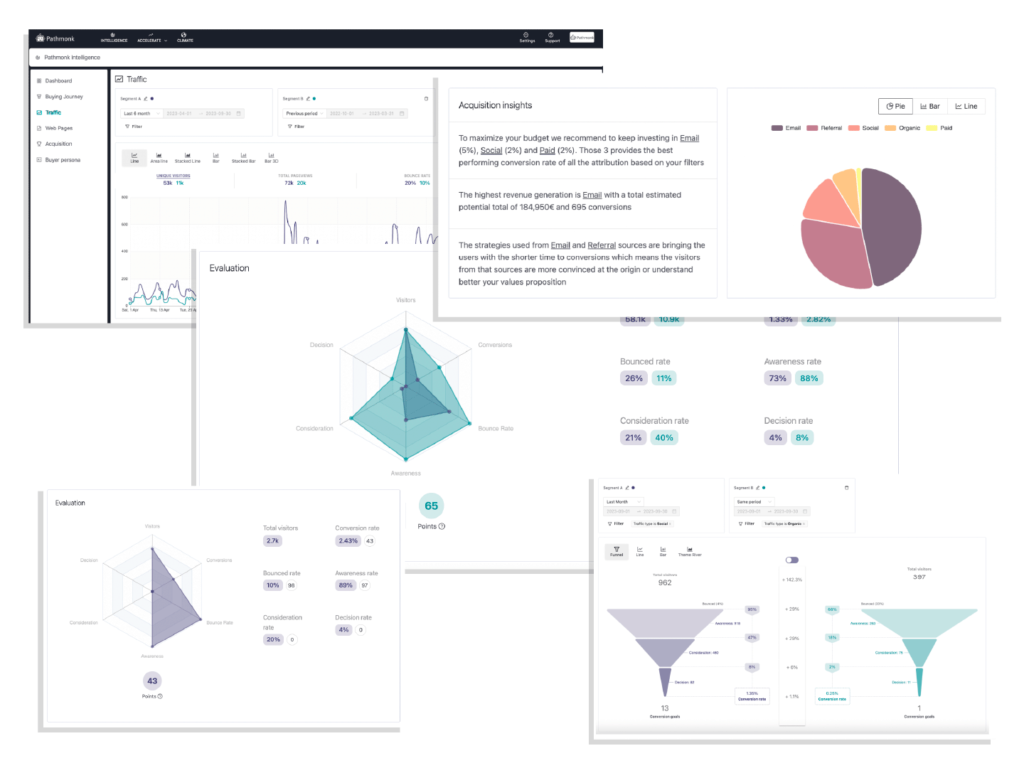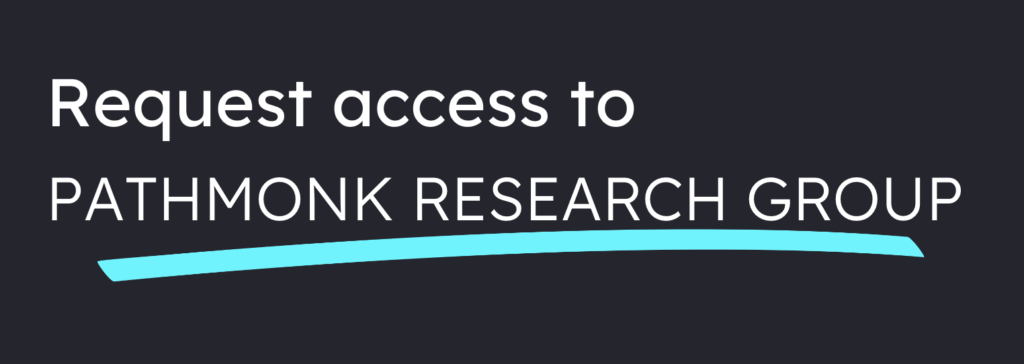What Is Conversion Marketing and How Do You Actually Do It?

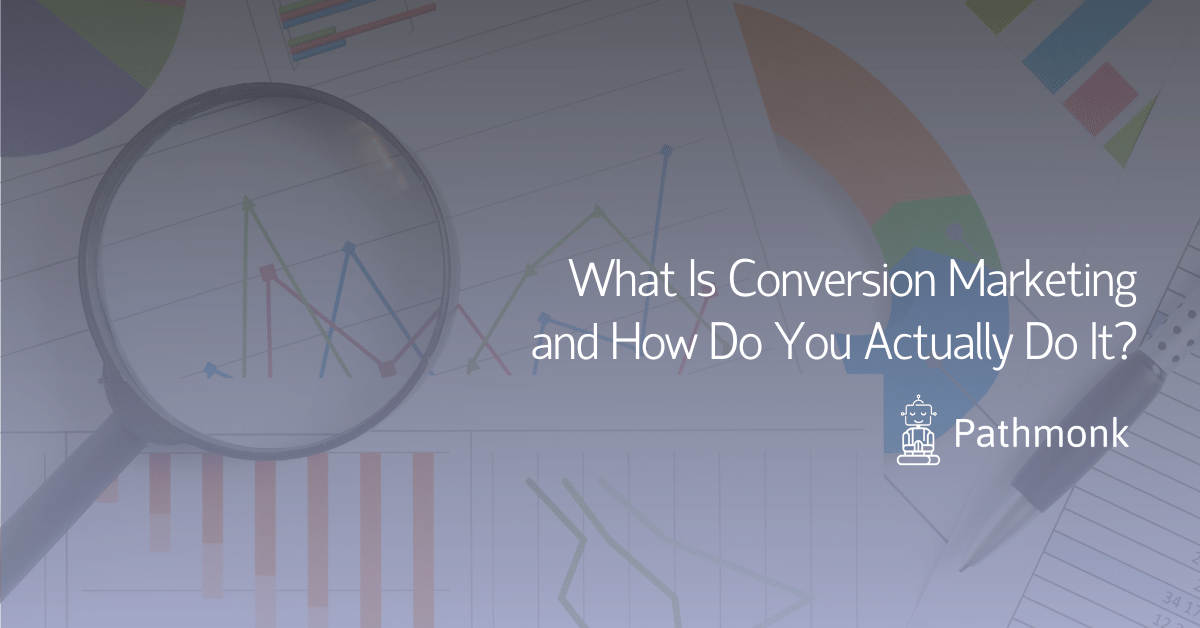
Very often, companies fixate on traffic rather than revenue. The assumption is simply that if they have a constant stream of visitors to the website, the revenue will automatically start to flow.
Unfortunately, this is not always the case.
In fact, it is rarely the case.
This is where conversion marketing becomes so important to a website. It helps a company return its focus to the bottom line and find new ways to get the most value from their traffic.
Define Conversion Marketing
So, what, exactly, is conversion marketing (and is it different from Conversion Rate Optimization (CRO))?
In general, we can define conversion marketing as a set of strategies that are used specifically to make the traffic your website already receives more valuable.
By “more valuable” we mean encouraging these visitors to take a given action on the website.
How is that different from CRO?
Perhaps this is a fine line, but we could look at CRO as optimizing specific elements of your website for conversion. Conversion rate marketing, on the other hand, could be seen as addressing your customers’ needs and motivations in order to choose the most effective optimization strategies for your site.
In other words, while CRO looks at individual elements, conversion rate marketing is about the entire customer experience. It gets a lot more into customer behavior, thought processes, and pain points before it gets down to the nuts and bolts of website changes, like image placement, specific text, and calls to action.
Getting traffic to your website requires one set of tactics, but getting them to take an action requires a different mindset altogether.
Why Conversion Marketing Matters
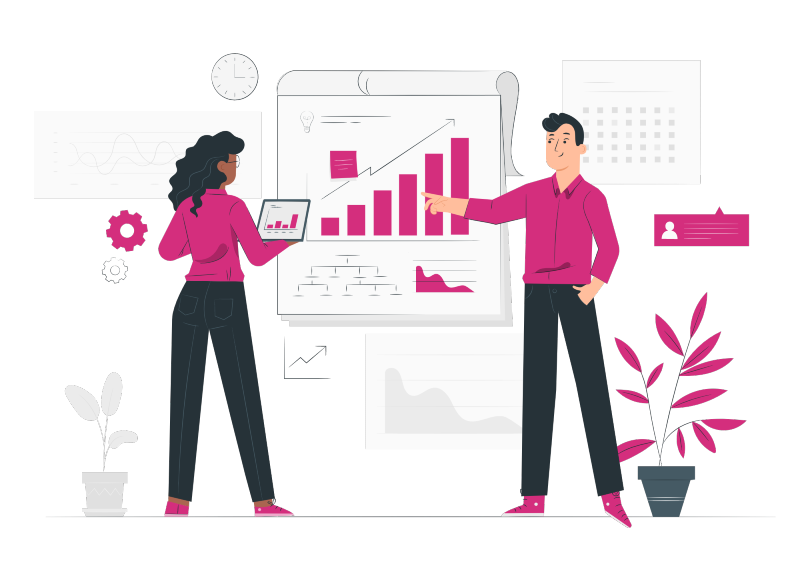
When someone arrives on your website, they could just be a curious passerby. They could just be window shopping. Heck, it may just be an accident.
Ideally, a good percentage of your traffic will be there because they want to do business with you.
Unfortunately, many companies will invest a lot of time and money specifically into getting their traffic numbers up but won’t ever see a return on those investments.
Conversion rate marketing will take those passersby, window shoppers, and casual visitors and do something to help you build the revenue you need.
These conversion methods could focus on increasing the number of visitors who become paying customers, encouraging a paying customer to upgrade to something bigger, or maybe even giving a little nudge to those people who are on the fence about clicking that final purchase button instead of abandoning the shopping cart altogether.
As you begin to explore the behavior of your visitors and customers, you’ll start to spot the elements of your website that may have been causing friction (i.e. hindering the smooth transition from one part of the buyer’s journey to the next). You’ll be able to make immediate and better decisions about website updates that will positively affect your bottom line.
This is particularly important if you notice high bounce rates on your pages, a lot of shopping cart abandonment, a high investment in advertising without the returns, and a high exit rate on your pages.
Conversion marketing strategies can help you analyze all these potential areas of disengagement and discover how you can close the gaps and keep customers moving from point A to point purchase.
Free AI-Powered Buying Journey Toolkit
Learn how to optimize your buying journey and speed up your revenue with top strategies and invaluable resources.
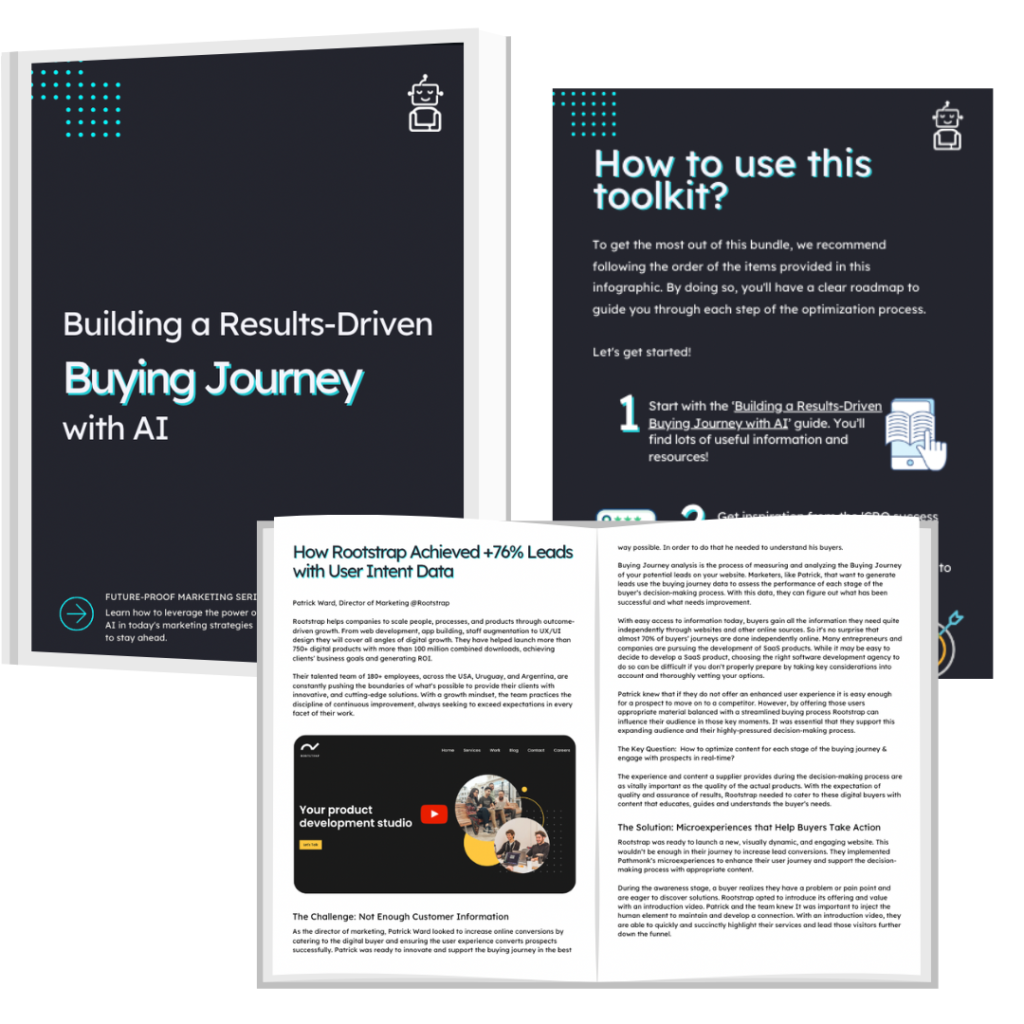
Defining Conversions for YOUR Situation
Every conversion matters, but not every conversion has to be a purchase.
Someone opening an email is a conversion. Clicking on the call-to-action link inside that email is another conversion. Going to the landing page and filling out a registration form is a conversion. And, of course, buying your product is the ultimate conversion.
It doesn’t even have to stop there. Getting someone to come back to your site is a conversion. Getting someone to respond to follow-ups after the sale is a conversion.
And it can just keep going.
In some industries, a conversion will be fast and simple. A user arrives on the site, a user clicks to purchase a product.
Mark that down as a conversion.
In other industries, all those conversions along the way to a final sale will be even more important. Maybe they click on your search engine listing. Maybe use an online coupon. Maybe they open your email and click through to your site. All of these are conversions that can be part of your marketing plan.
Maybe someone sets up an appointment. That’s a conversion.
Maybe they set up another appointment to come back with any other questions. That’s a conversion.
Maybe they download an important whitepaper about your product. This is also a necessary conversion.
Only you can determine the value of a given action taken through your marketing efforts, and if this is something worth pursuing with these strategies.
Make sure you fully define what conversions will be the most beneficial in your industry, and why they will help.
It’s about understanding and optimizing for your visitors’ thoughts and motivations, and that may take a few smaller conversions before you get to the big one.
It’s All About Motivation – Understanding It and Optimizing for It
Your customers’ motivation is, by far, the element that will require the most research to understand and the most optimization to get right.
You can start by asking some simple questions about your customers’ motivations:
- What are the key pain points that you are trying to solve for them?
- Who is your real target audience (not who you would like your audience to be)?
- Is there an urgency to making a purchase now?
- Where does your online traffic come from?
- How will a new customer see your offer?
- Does your value to the customer come across as clear and distinct?
- How ready is an average customer to make a purchase when they arrive on your site?
- Does your customer know that they need your products and services, or are they just exploring options?
- Can you empathize with the customers’ needs?
Questions like these are a great way to get started and determine what exactly motivates your customers. However, in online marketing, it’s important to remember that we never have to make decisions based on inferences and assumptions.
Instead, you should base your decisions based on real data.
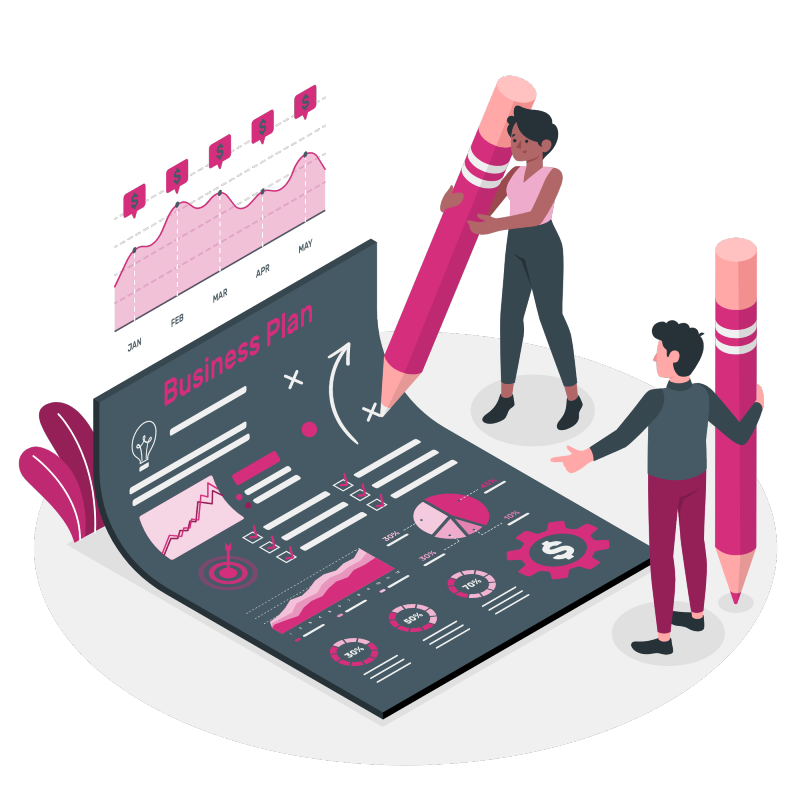
Forget the Guesswork
We’re talking a lot about motivations and behavior, but that doesn’t mean we’re leaving out the hard numbers.
You don’t have to guess at what is working and what isn’t. You don’t have to assume that changing the wording of a CTA or the position of the product image somehow appealed to your customers’ motivations.
You can set up the tests, and gather the data, that allow you to determine what is working and what isn’t.
For example, A/B tests are a common part of conversion marketing. They let you see exactly what is working and what isn’t.
You can test every element of your website this way, from the size of the font to the number and placement of the calls to action. Then it’s just a matter of watching the data and finding the elements that are the largest impediments to the buyer’s journey and which elements help keep them moving.
As you continue to optimize your website this way, you’re basically building lead qualification into your web pages and helping the process to occur naturally.
Of course, there are many other ways to research customer behavior and gain usable data. Everything from user surveys and focus groups to eye-tracking and heatmap analysis can provide valuable insights as you continue to optimize your site for a better buyer experience.
Getting More Value through Automation
The more data you have, the more insights you can gain into your customers’ motivation and behavior.
Of course, too much data can seem overwhelming and, if not done correctly, can serve to obfuscate the situation rather than clear up all your questions.
Modern tools for big data and deep analytics are making it possible to organize and parse through all that data at an efficient rate.
- What if you could go beyond that, though?
- What if you could task an AI system to the problem and automate thousands and thousands of A/B tests or collect and analyze the on-site behavior of tens of thousands of visitors?
- What could you make of the data then?
It is possible to increase your conversion rate by applying machine learning tools to thousands of web sessions to gain new insights and make better decisions.
And it can go even further than that. With this level of automation and analysis, you can begin offering different products to different visitors. You can automatically qualify visitors through a simple process. This, in turn, will help you book more demos or increase the rate of free trials or email signups.
Conversion marketing – enhanced with machine learning and automated tools – can add real value to all your online marketing efforts. It may take a little restructuring of your website (and the natural tendency to focus strictly on traffic numbers), but the end results will lead to increased revenue and more sustainable growth.
Intuitive Cookieless Analytics for Your Web
Understand your customer journey, find drop-offs, and receive actionable insights with AI.
